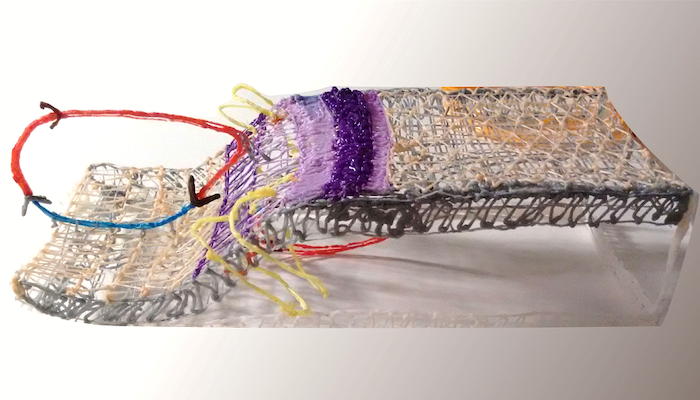In this blog post, I have interviewed Dr. Isabel Ashman, who is part of the GeoSafe consortium at the University of Liverpool, looking into safe and long-term containment of radioactive waste in geological formations. Dr. Ashman, along with other project partners at the University of Liverpool, aim to better understand how small to large-scale (sub-mm to several km) structural variabilities in tar ...[Read More]
The role of structural geology in radioactive waste disposal










